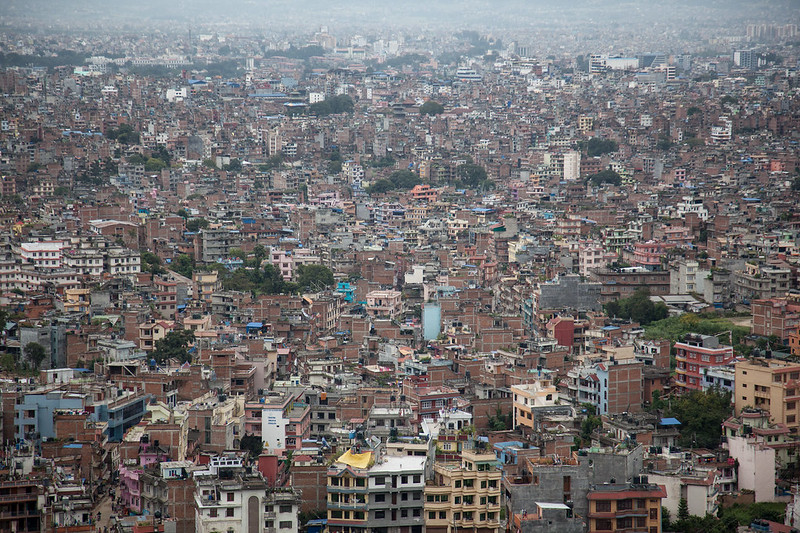
- Close
10/07/2020 | Kathmandu
Current risk management approaches in Kathmandu

The national policy for disaster risk reduction (MoHA, 2018) has the main objective of substantially reducing the natural and non-natural disaster losses in lives and properties of persons, health, means of livelihood and production, physical and social infrastructures, cultural and environmental assets. It states that the participation of local users and community organizations will be ensured in formulation, implementation and management of plans for irrigation, river control, forest management, school, health institutions, drinking water and sanitation for the community level disaster risk reduction. There is a provision for the Disaster Risk Reduction and Management National Council to monitor and evaluate the implementation of the policy at the national level.
Policy documents indicate that the management of risk (natural and social) has been considered in the planning of development projects. However, it lacks sufficient integration between the two materially (further investigation required). Additionally, there is also a severe lack of coordination between the planning of different departments, and there are institutional and programs/projects redundancies related to risk management.
The existing balance between risk managed through emergency response and risk management integrated into development planning is an area still to be explored in the present context because pandemic has been a rare phenomenon in the past.
Although the government has responded to COVID-19 promptly, this has been done on an ad-hoc basis in the initial periods. The Health sector emergency response plan: COVID-19 Pandemic (MHP 2020) has now come up with certain guidelines focusing on the challenges of managing quarantine, human resources, limited laboratories for testing and limited stock of medical supplies for the response, which includes personal protective equipment and other supplies.
The pandemic scenarios are lacking in policy documents and there is thus a clear imbalance between risk managed through emergency response, and risk management integrated into development planning in dealing with the COVID-19 situation. This was however not the case after the Gorkha Earthquake in 2015, where there was much less of an imbalance.
The COVID-19 pandemic has revealed that migrants, street occupants, urban poor, and daily wage laborers are more vulnerable to risk than others because of having different agencies (further investigation required). Although these groups of society are always at risk, primarily economically, COVID-19 further shrinks their agencies and creates the uncertainty of getting back to normal in terms of making their livelihoods. In the case of COVID-19, lack of sufficient infrastructure, poverty and marginality are seen to be the root causes, as is seen with many other risks, however these are less fixed that we might have imagined in the pandemic since the risk is seen to have crossed borders and marginality as well as affluence and poverty. The mobility patterns, settlement density, dwelling types and many other factors that were considered to be good for sustainability have been challenged due to the pandemic, which may result in a paradigm shift in the way we plan and design our spaces, neighborhoods and cities in general.
Photo credit: Flickr, Sitoo


